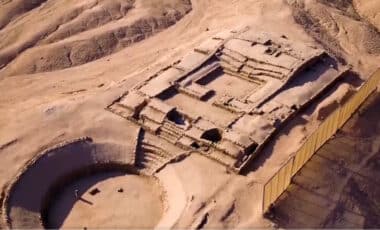discusses the geography, history, and climate of Berchtesgaden as well as Hitler’s originalacquaintance with the Bavarian Alps.In 2006, when this masterwork was first published, Mitchell wrote, “My range is wide here. In awider scope, the work focuses on the symbolism of identity and public perception as it relatesto the place, setting, and lifestyle of political figures . . . but my focus always comes back to theevil genius who was supported by the bulk of his German people to the bitter end. The man andthe mountain had become one and, 60 years later (now 77 years) later, they remain so”.Lest we forget, in the category of who was the most murderous, the greatest monster of the20 th century, Adolf Hitler won hands down, with Joe Stalin a close second. But again, lest weforget, it was the Americans, and their British and French Allies, including, yes, the Russians,too, who destroyed the evil Nazi murder machine and drove its Fuhrer to shoot his brains out.“Hitler’s Mountain” is a must read for anyone interested in the background of Adolf Hitler’scharacter and personality, shaped partly by geography, terrain, and the Bavarian Mountains – – –
one Alp in particular.








